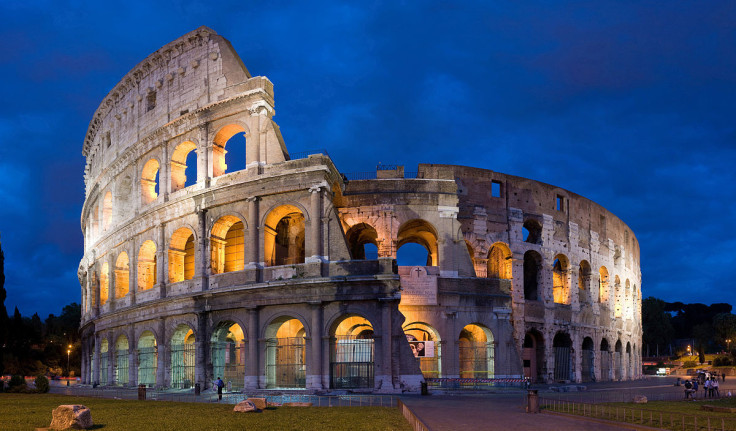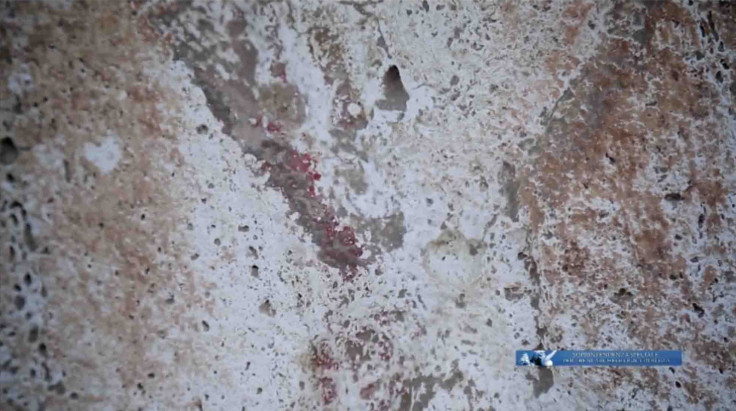Rome: Colosseum's 'ancient seating plan' revealed

Ongoing restoration work at the Colosseum in Rome, Italy has uncovered traces of red painted numerals in the arches of the amphitheatre, which points to a seating system that could be similar to those used at event venues today.
The Colosseum was built by Emperor Vespasian in 70CE. It was the biggest amphitheatre constructed during the Flavian dynasty and as such is often known as the "Flavian Amphitheatre". It is the largest amphitheatre in the world and one of the greatest examples of Roman architecture.
The restoration process of the Colosseum involves shooting high-powered jets of water at its walls in order to gently remove dirt and black smog residue, while preserving the ancient stone.

The arches of the Colosseum are so tall that it takes four levels of scaffolding in order for a man to be at eye level with the numbers, and tiny traces of the red paint were detected by workmen while they were cleaning the arches on the outer ring of the monument.
"This is an exceptional discovery because we did not expect that some trace of the red paint was still preserved," said Rossella Rea, the director of the Colosseum.
The Roman numerals measure 34cm tall and 2cm wide, and the engraved numbers say "XXXVIIII – XLII", which means "39-42". The red numbers would have been visible to crowds coming to the building from a great distance away.
"Only four arches were marked with numbers, since the Emperors and authorities enjoyed the privilege of entering the arches placed on the inner ring of the amphitheatre. Those placed on the outer ring were reserved for normal people," explained Rea.
"But the more than 50,000 people that attended each show was able to identify their seat with precision. Each of the spectators would have had to queue up under the arch showing the same number as the number on their ticket."

Cinzia Conti, the archaeologist in charge of the restoration project, says that the red colour of the ancient paint came from iron oxide, which is derived from clay.
The properties of the paint meant that it could easily be applied to the walls and did not need any additional adhesive to stick to the walls.
"The colour would last for two to three years before needing to be reapplied to the arches at the entrance of the Colosseum. On other inscriptions, we have seen that the paint had been reapplied, as we found the presence of several different coloured layers overlapping," she said.
Excavations of the Colosseum in the early 20<sup>th century indicated that in ancient Rome, there were likely to have been numbers and directions written on the walls inside the amphitheatre, and the archaeologists hope that as they continue to clean the stone walls, they will discover more traces of paint.
© Copyright IBTimes 2025. All rights reserved.






















